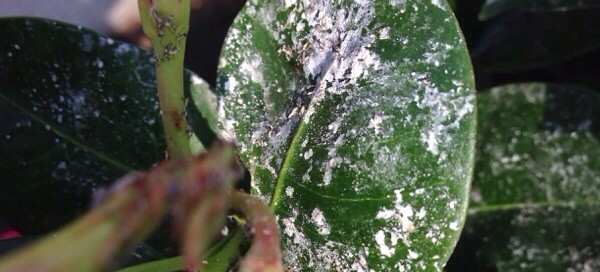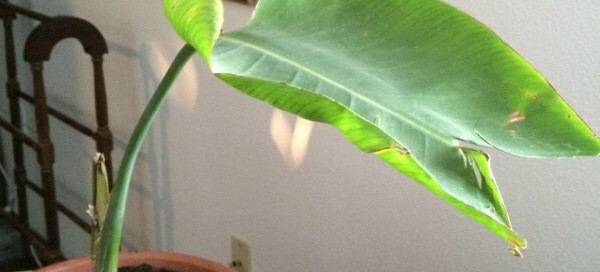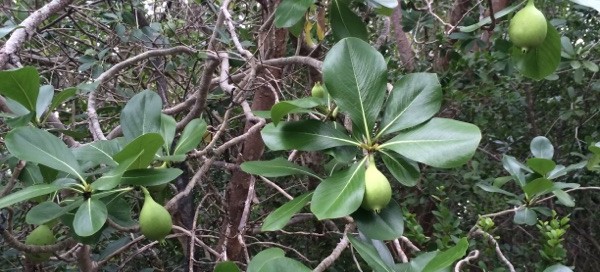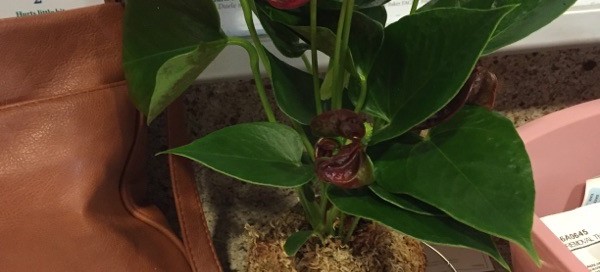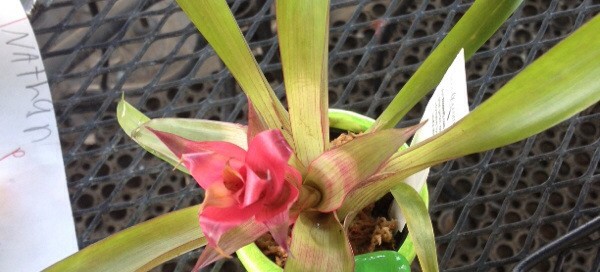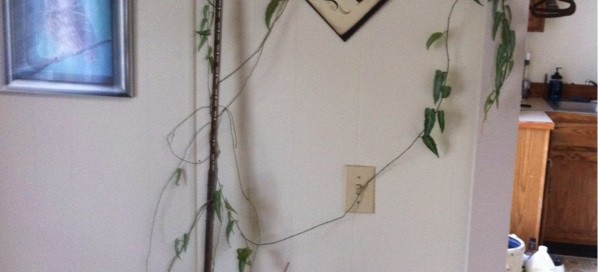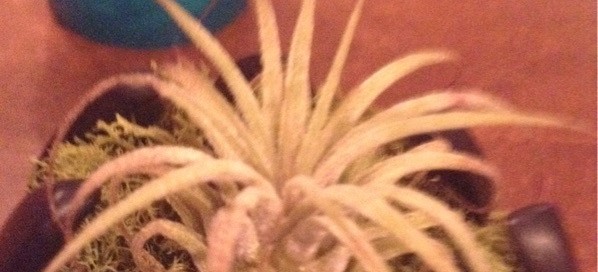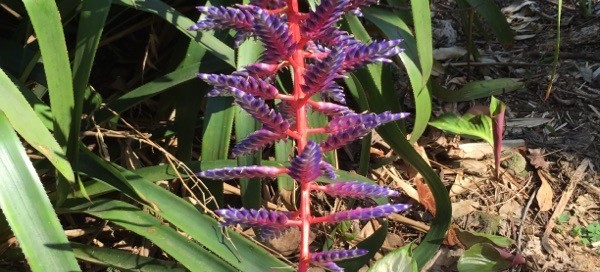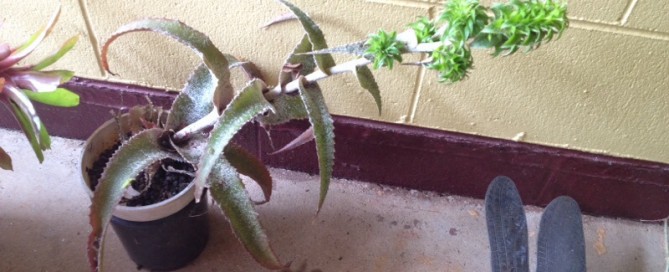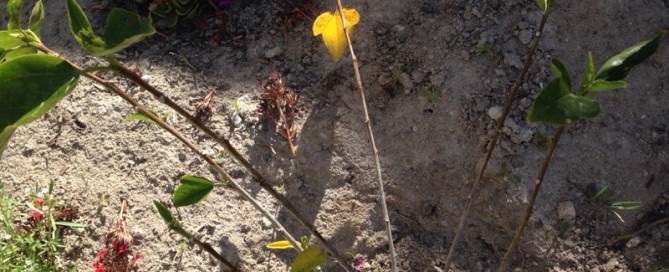Aphids On Mandevillia
We don't typically see white "sticky stuff" from aphids. Their excrement (called honeydew) is sticky but its clear, like dew drops; it usually will get some black sooty mold growing in it, but haven't see white stuff. If you're positive these are aphids (we can't say for certain from this photo), have you sprayed anything on them? Baking soda in water? This actually looks like salt or hard water deposits (like calcium after the water has evaporated) in some areas, and possibly bird droppings in other areas. You should be able to wash it off, if its any of these things; we recommend you try that in any case and a high pressure wash would also help to control the Aphid population. Here's a link all about Aphids.
http://www.ipm.ucdavis.edu/QT/aphidscard.html
